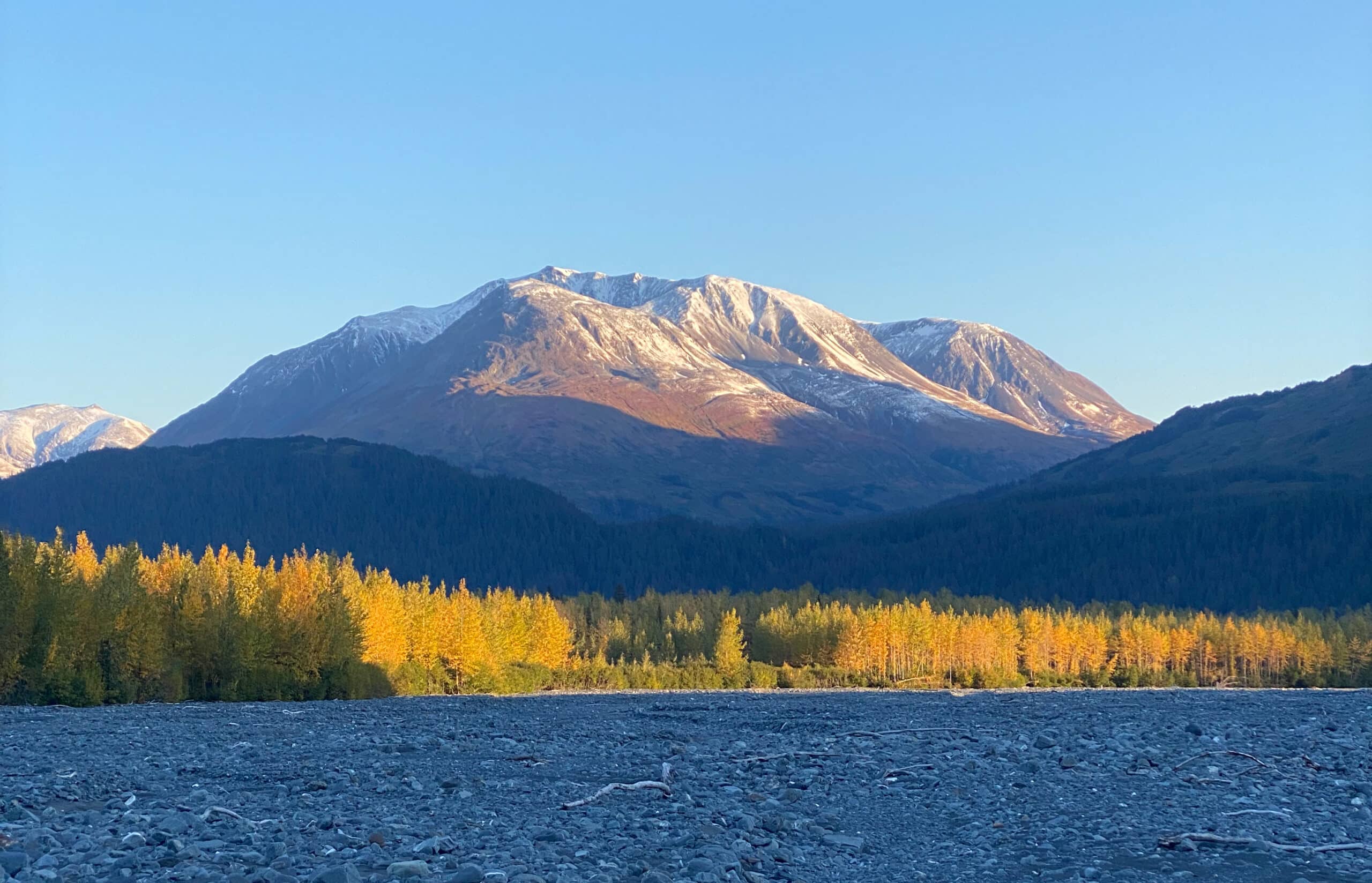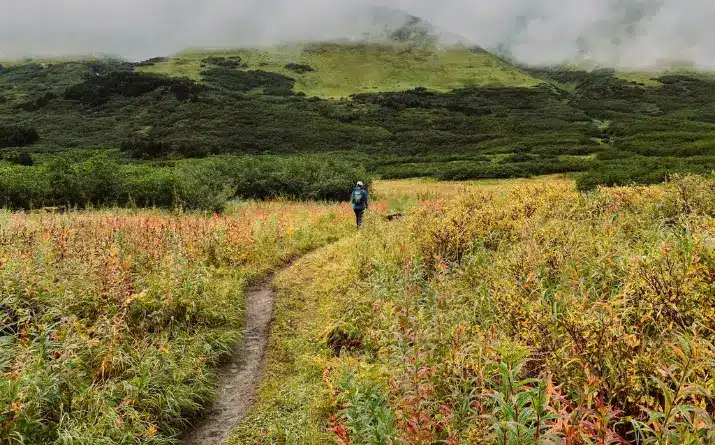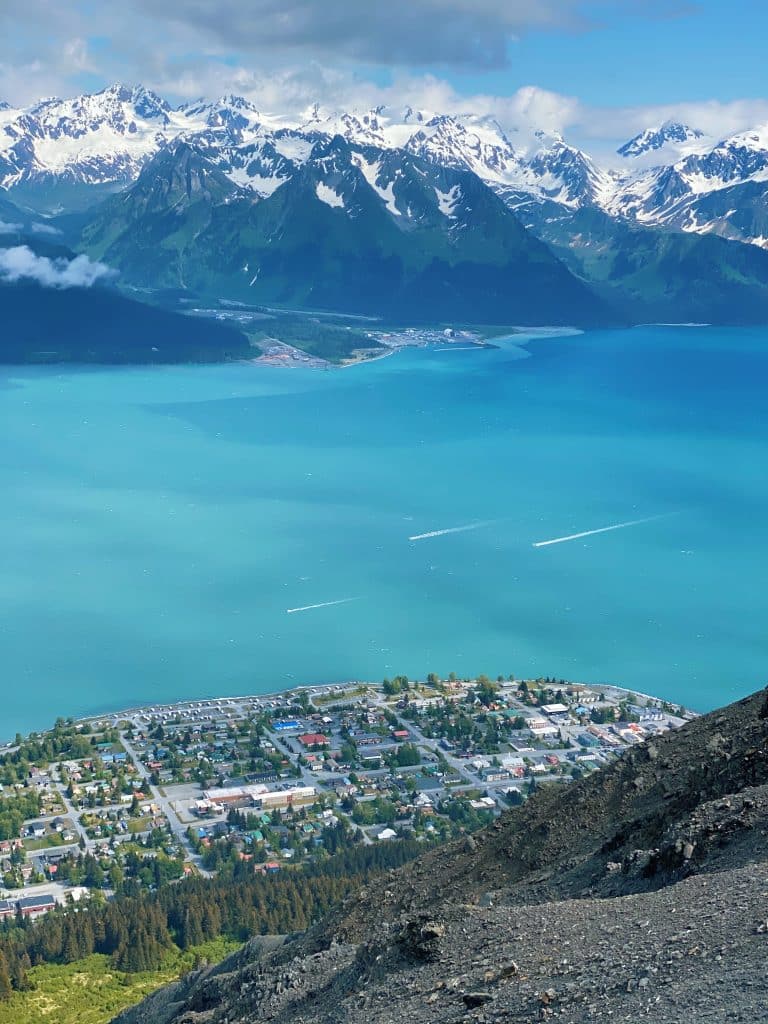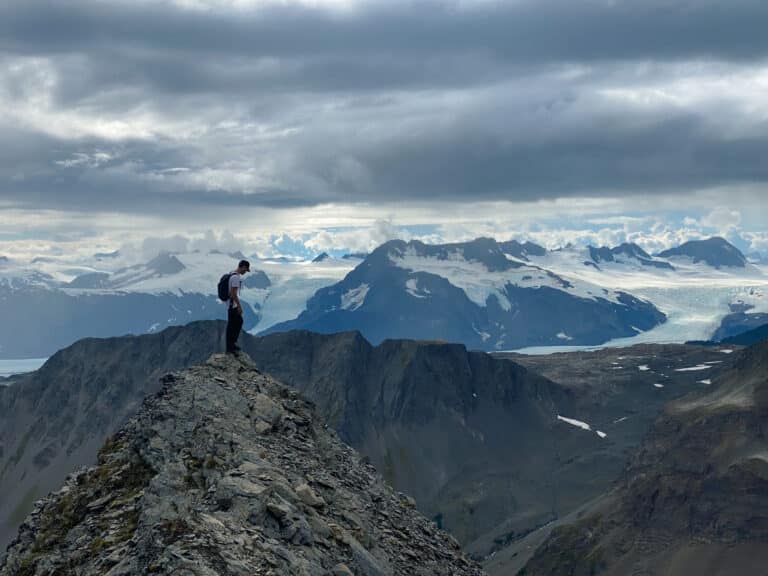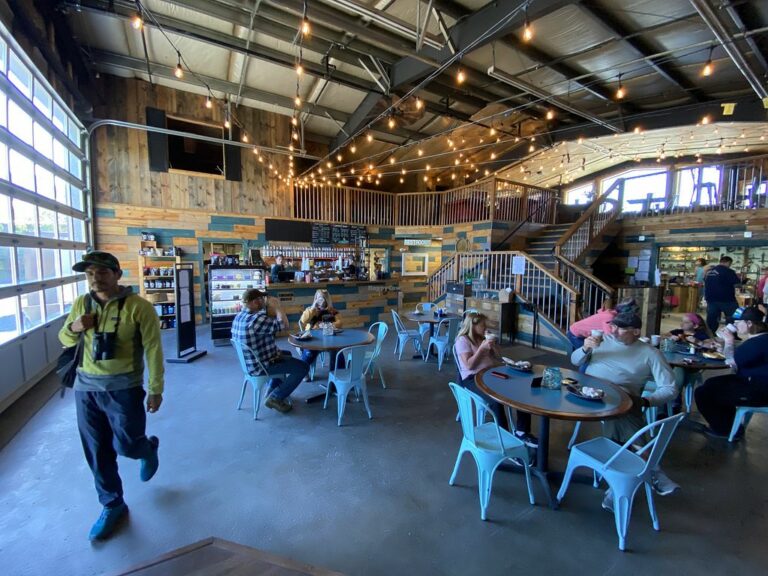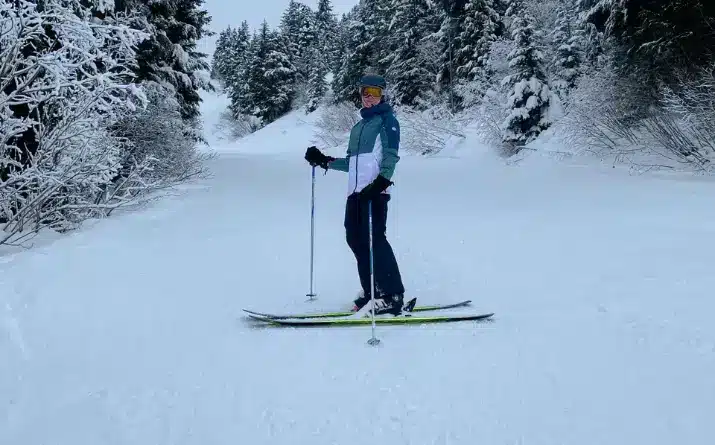When is the Best Time to Visit Seward, Alaska?
When is the best time to visit Seward, Alaska? Read on about what it’s like in this ocean-side town in fall, winter, spring, and summer.
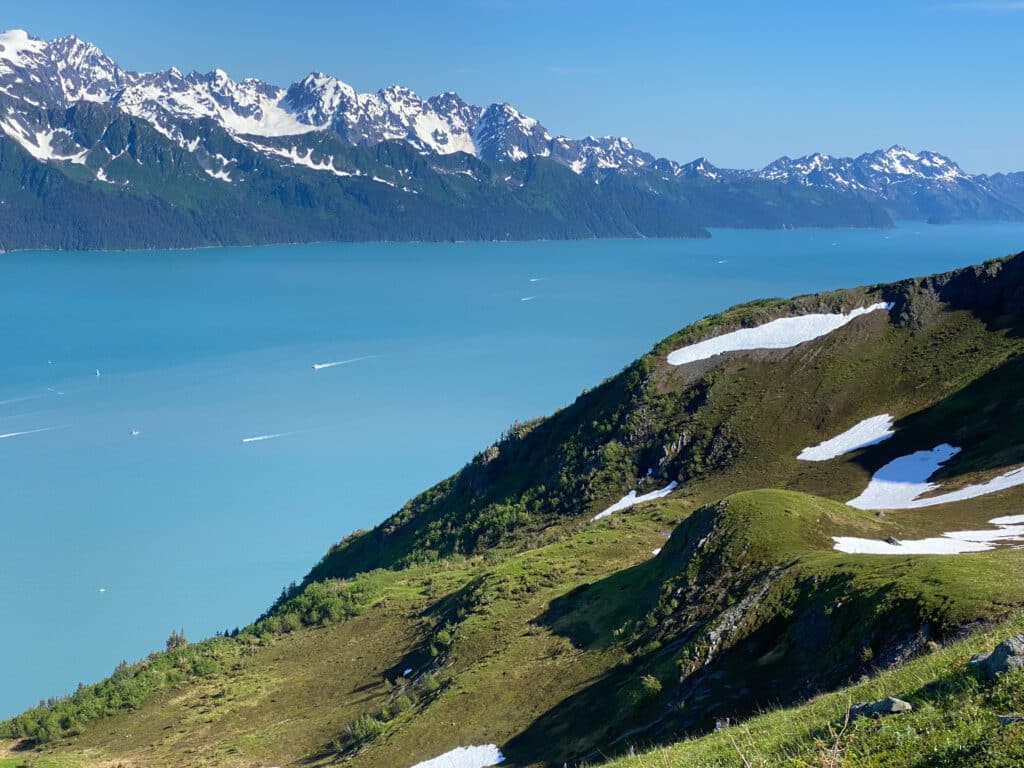
Planning a vacation can be stressful.
There is all of the booking, the rentals, and the transportation, but before all of that, choosing when to take that vacation is just as important of a decision.
If you find yourself planning a vacation to Seward, Alaska, deciding when to fly in is extra important.
I get to call Seward my home, so I’ll give you the inside scoop about the best time to visit Seward and tips on how to best enjoy your time during whichever season you ultimately end up visiting.
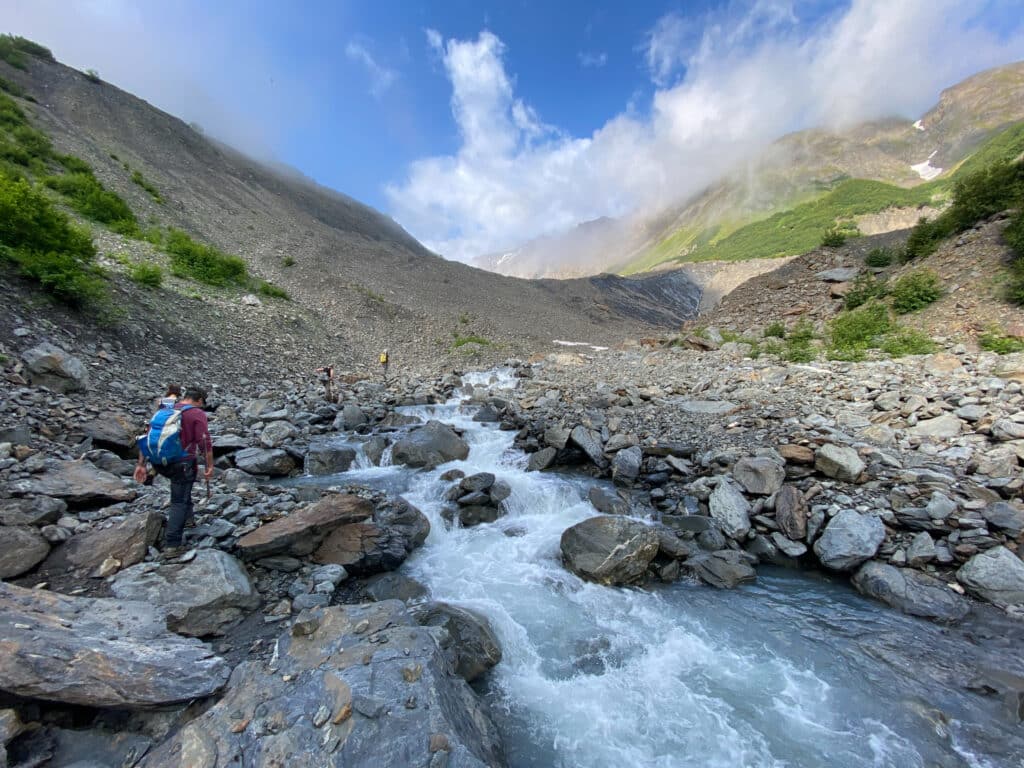
When is the best time to visit Seward, Alaska if it’s my first time?
Whenever someone asks me when the best time to visit Seward is, I typically respond with another question: will it be your first time in Alaska?
The answer to this question helps me determine what response they are going to get. For a first-timer, visiting Seward during the summer is without a doubt the best option.
The weather is nice, everything is open, and the wildlife is abundant. We will go further into depth about what makes summer in Alaska great down below.
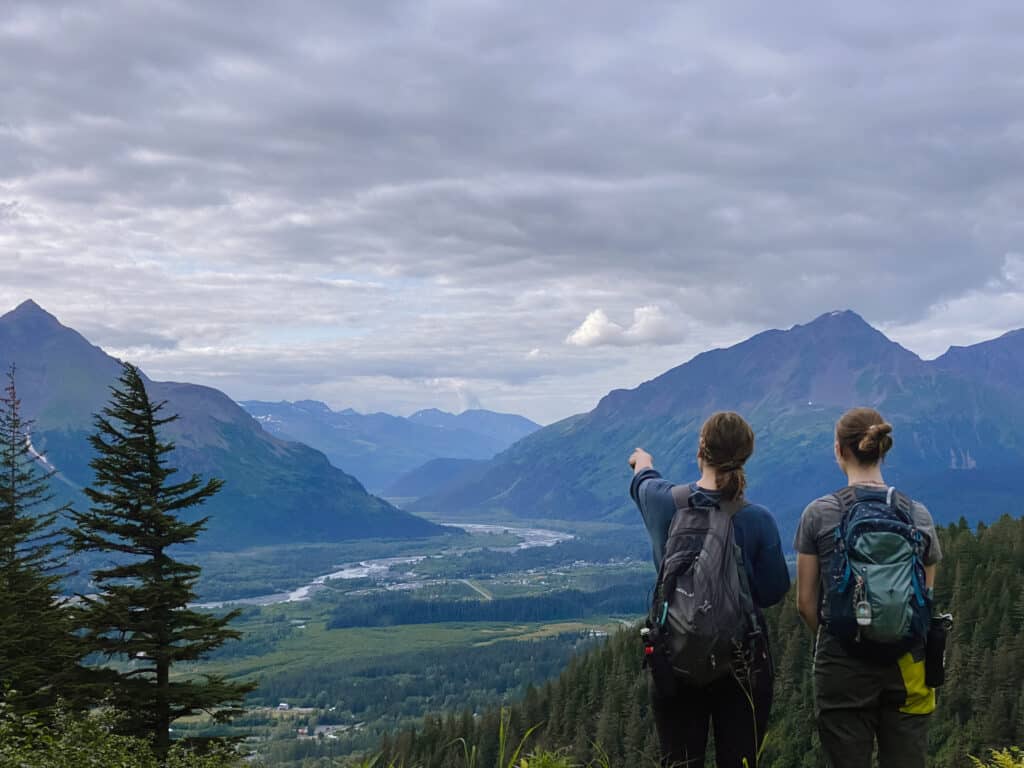
For those visitors who have already experienced an Alaskan summer in all its glory, I wouldn’t hesitate to suggest other times of the year. Alaska deserves to be appreciated throughout the entire year, and the fun doesn’t stop once summer ends.
Visiting Seward in the Summer
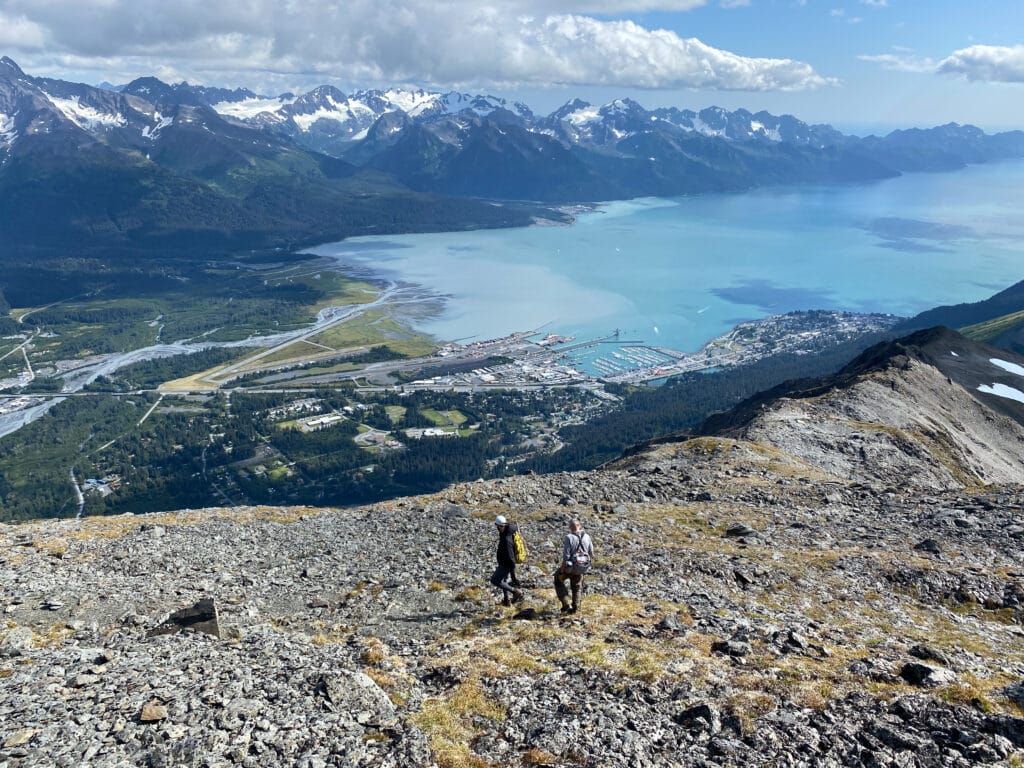
- Months: late May, June, July, and August
- Average Temperatures (F): mid-40s to high-60s
- Highlights: Peak tourist season, cruise ship season, 18+ hours of daylight
Summertime in Seward is a thing to behold. This small town of ~2,800 year-round residents suddenly wakes up and explodes into action.
Seasonal workers start pouring into the city right ahead of the tourists, and the quiet streets of this secluded Alaska town are at once filled with people.
What makes summer in Seward amazing?
The Best Time for Hiking
By late May, most of the snow in town will be melted, but the mountain tops will remain covered in snow until mid-June in most cases. This doesn’t have to deter you from getting out and playing in the mountains, however.
Take a hike on one of Seward’s beautiful trails to experience the luscious temperate rainforest that surrounds our city.
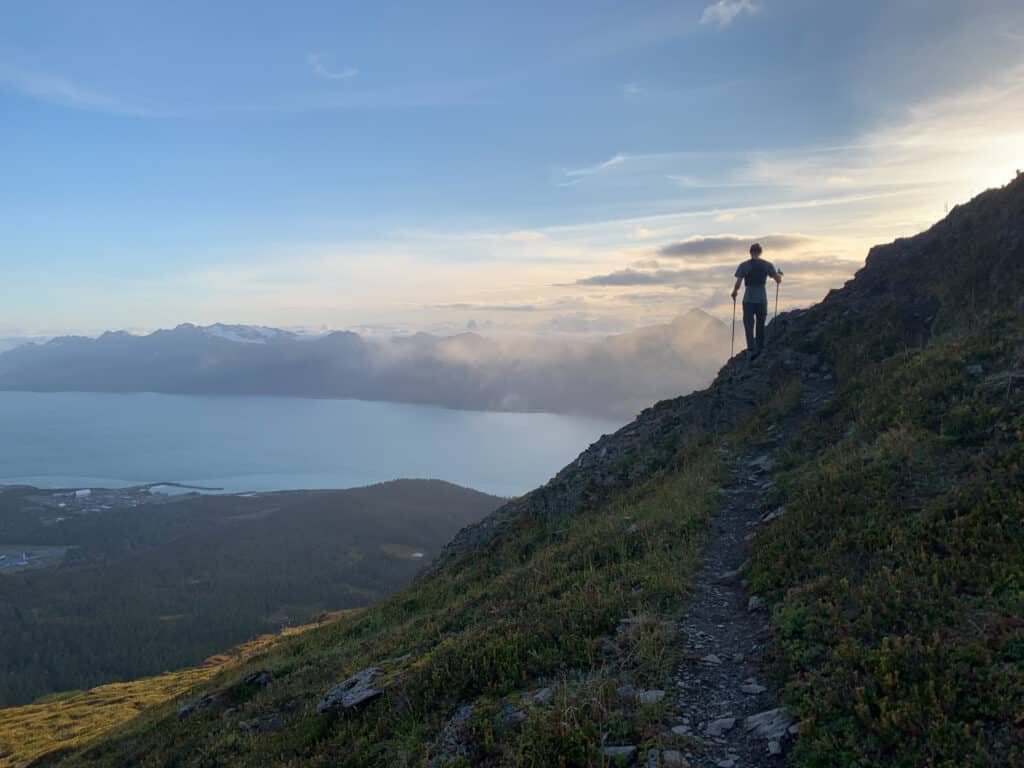
Perfect Temperatures
Most visitors coming from the lower 48 states hope they won’t be freezing the entire time, as they are used to triple-digit temperatures in some cases.
If you’re in that boat, spending some time in the Last Frontier during summer is the way to do it.
Seward typically gets temperatures topping out in the high-60s during the summer, but the perceived temperature can often feel much warmer than that.
High-60s in Alaska can sometimes feel like the 80s in other places. The sun doesn’t play around up here!
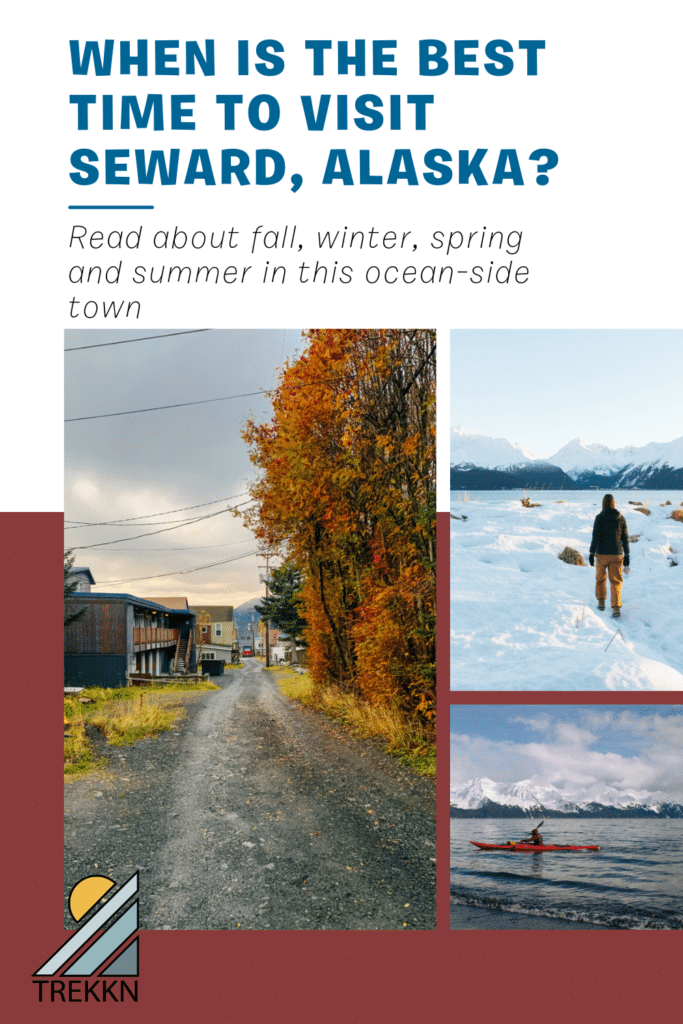
Boat Tour Season
While whale-watching boat tours do start all the way back in March, hopping on a boat in the middle of summer is the best way to enjoy your tour of Resurrection Bay and beyond.
There are opportunities to spot gray whales, humpback whales, orcas, porpoises, puffins, sea lions, and much more.
For Seward, these boat tours drive a lot of money into the economy, which makes them a very important part of this city’s year. If you’re spending time in Seward and want to get the most out of your stay, I highly recommend taking a boat tour.
I do not have any experience with fishing up here in Seward (pretty wild, I know). That being said, fishing charters are another huge part of Seward’s economy.
If you are wanting to get out on the water but would rather not sit on a tour boat with 150 other people, booking an exciting fishing charter may be just what you’re looking for.
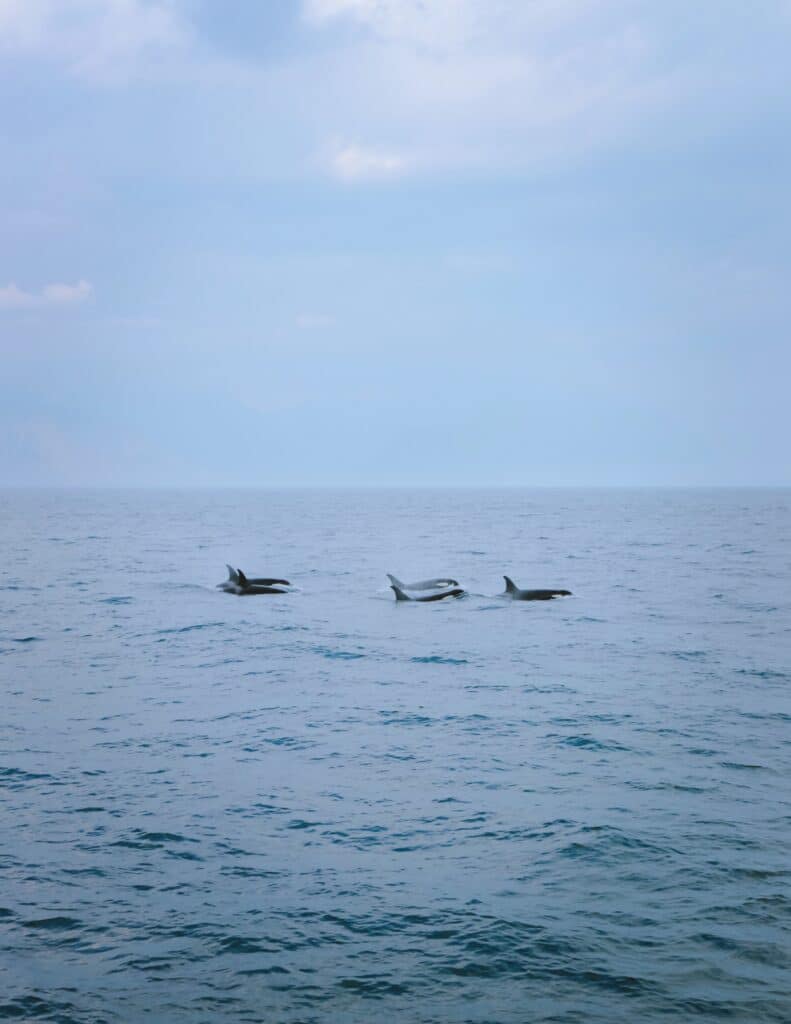
Never-Ending Daylight (almost)
Perhaps the best part of summer, in my opinion, is the fact that the sun rarely leaves you.
After a dark winter, the days slowly get longer and longer, until it reaches their peak in the middle of summer.
The longest day of the year is the 21st of June, with over 18 hours of sunlight. All of that daylight allows people to adventure to their heart’s content, without needing to worry about a rapidly setting sun.
If you are worried about having enough time to finish everything you want to do in Seward, the hours and hours of daylight make it possible to go for a scenic, sunlit hike even after you finish eating dinner. That is simply the best.
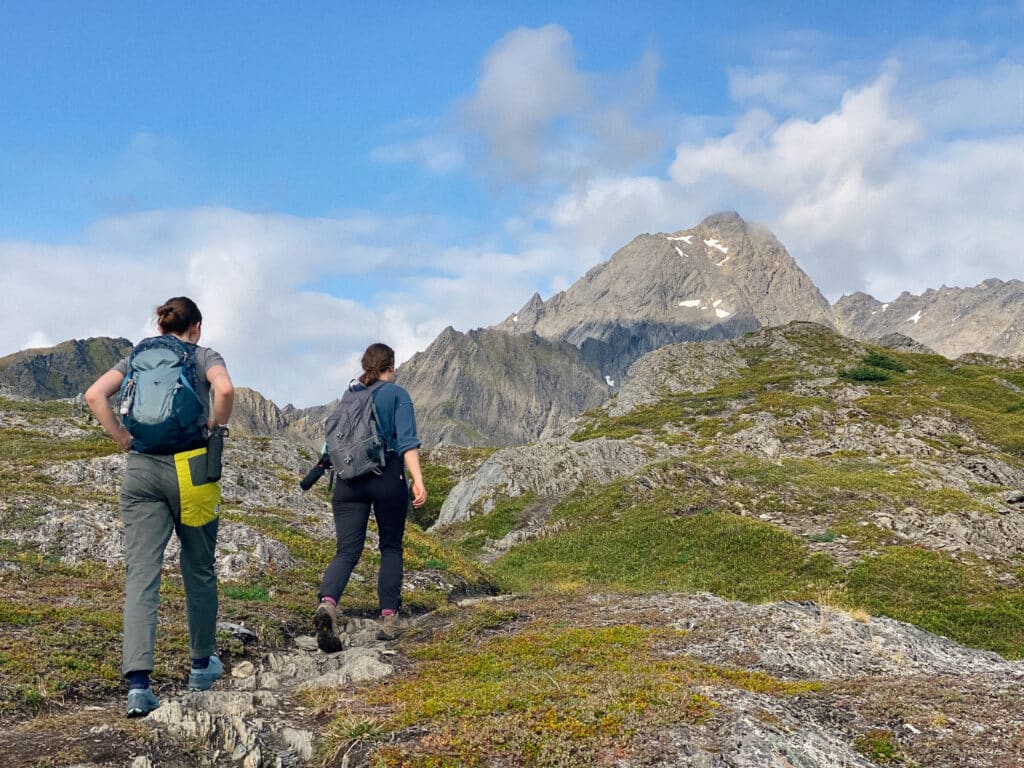
What are some downsides to visiting Seward in the summer?
A Bit Crowded…
With summer being such a great time in Seward, things can become a bit crowded in this small town. Restaurants fill up their tables at an incredible pace, and guided tours sell out weeks beforehand.
If you’re looking for a quieter experience, visiting in the shoulder or off-season might be a better option. That choice still comes with its own downsides, however.
Peak Prices
During the peak summer season, businesses are charging their premium prices. Hotels, Air BnB, and tours are as expensive as they get. Grabbing a sizable discount on anything will be quite difficult.
For the penny pinchers, keep an eye out for shoulder season discounts in late April/late September.
Visiting Seward in Autumn

- Months: September, October, and early-November
- Average Temperatures (F): high-30s to low-50s
- Highlights: Fall colors, shoulder season discounts, unpredictable weather
Autumn in Seward is considered the best season by many locals and visitors alike. As things wind down and the tourists trickle in less and less, autumn is treated as a celebration of making it through the summer.
The fall foliage is fleeting, but the vibrant colors that emerge from the landscape are nothing short of breathtaking.
What makes fall in Seward amazing?
Fall Foliage
Seward’s fall colors are quite a bit different than, say, the east coast’s fall colors. But that doesn’t make them any less spectacular.
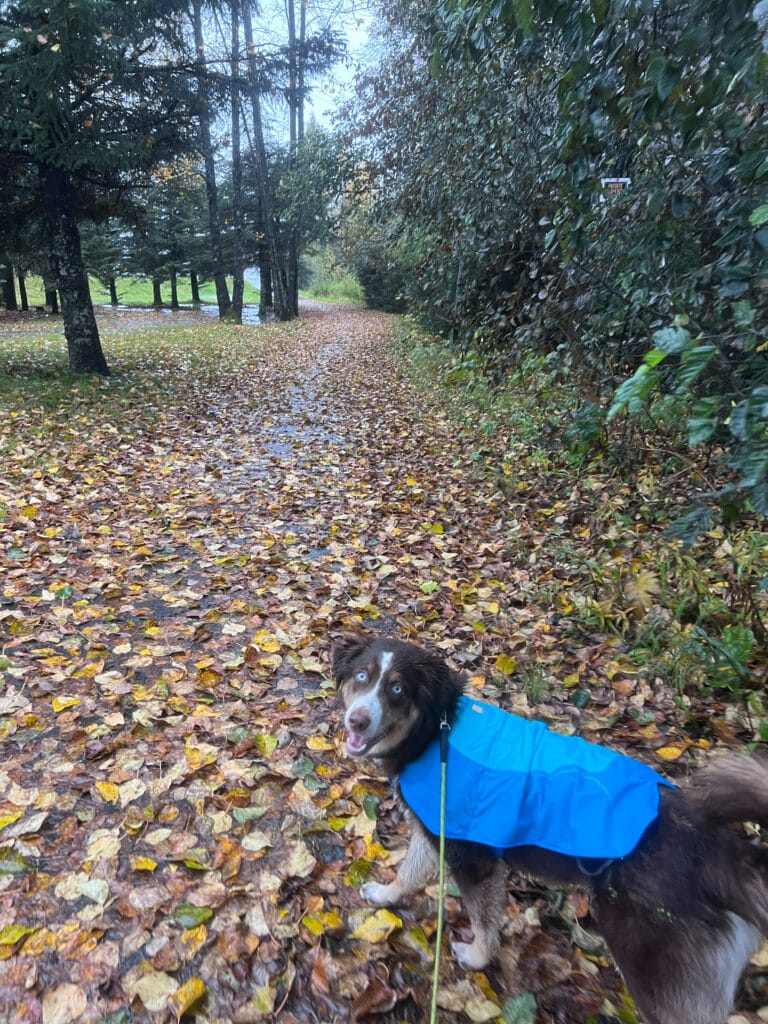
Most of the trees in the area are evergreens such as Sitka spruce and hemlock, which of course do not change color.
The trees that do turn in the autumn light up the land with bright yellows and oranges. There is a marked lack of red leaves, though.
The reds of autumn can instead be found up in the mountains. Acres of tundra turn to a bright red, painting the mountainsides with a thick stroke.
Prime time for fall foliage is usually mid-September, and then it’s over very, very quickly. If you don’t time it right, don’t fret. You may just get to see the first snows of the season dust the mountaintops, which locals refer to as “termination dust”.
That’s how you know that Alaska’s very short autumn is already coming to a close.
A Quieter Town
After the hustle and bustle of a busy summer, most locals are excited to slow things down once fall rolls around. Depending on the type of vacation you are looking for, a quieter town may be right up your alley.
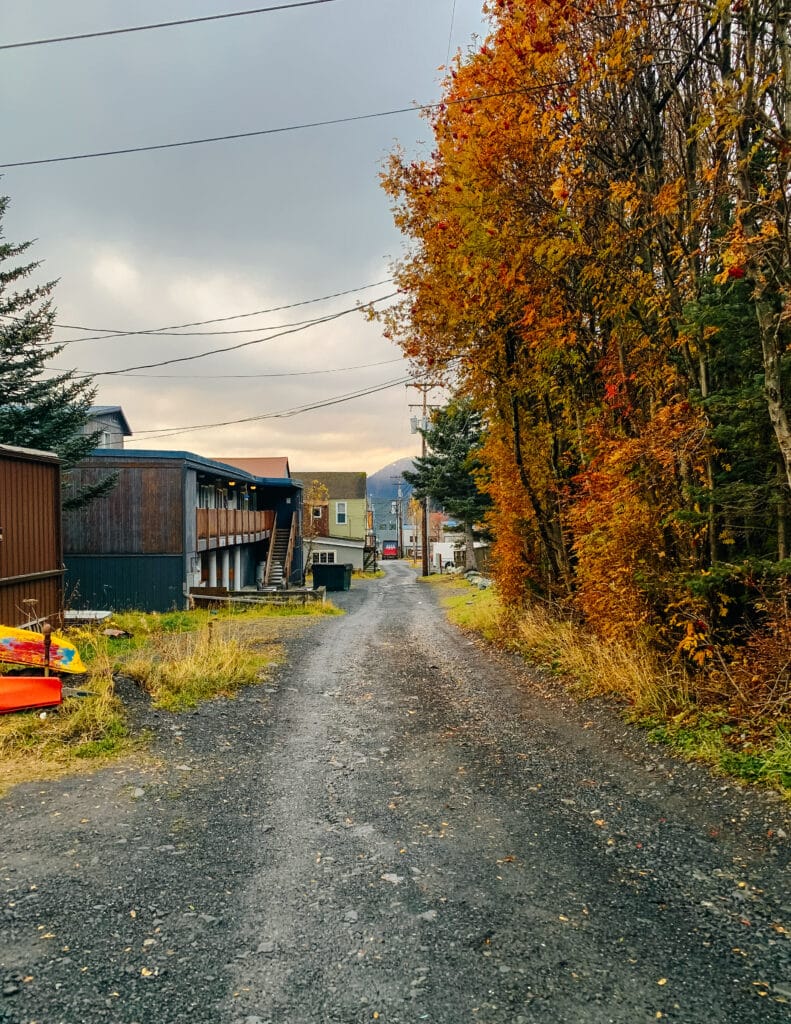
Shoulder Season Discounts
A good amount of businesses in town will offer shoulder season discounts that incentivize visiting in the fall and spring.
These discounts are sometimes worth it, but you are taking a big gamble on the weather by visiting during the rainiest part of the year…
What are some downsides to visiting Seward in the fall?
Rain, Rain… Rain
Being that the city is surrounded by a temperate rainforest, Seward gets precipitation year-round. September, however, is Seward’s rainiest month.
Weeks straight of rain is not an uncommon occurrence during autumn. On average, the chance for rain remains above 60% for nearly the entire season.
Even though rain during a vacation is usually undesirable, rain isn’t the enemy of having fun.
As long as you accept the chance for rainfall and come prepared with the proper gear (sturdy rain layers, waterproof shoes, etc.), you can still have a good time in Seward.
Things get miserable as soon as your preparation doesn’t meet the requirements of the conditions.
Goodbye, Midnight Sun

As the year progresses and we get closer to December, the days rapidly shorten. The freedom that comes with the midnight sun is taken away, and we’re soon left with more darkness than sunlight.
This may not be a problem for those that weren’t planning to squeeze every last drop of outdoor time from the day. But in general, less sunlight means your day will be cut short.
Visiting Seward in Winter
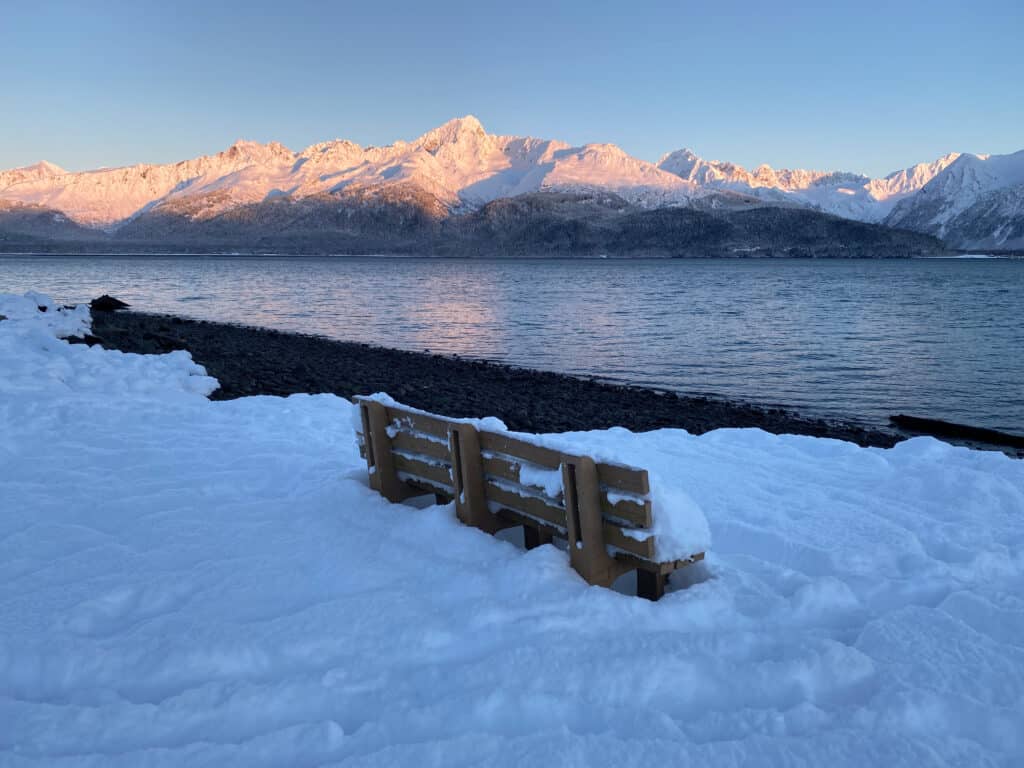
- Months: late November, December, January, February, March
- Average Temperatures (F): low-10s to low-30s
- Highlights: Aurora viewing, harsh weather, bad road conditions, and snow!
Winter in Seward can be challenging. Without good clothing layers and snow gear, the winter months will be spent hunkered down, only leaving the comfort of home for the necessities.
If you do have the necessary gear, playing in the mountains with fresh snow elicits a childlike joy that you’d be hard-pressed to find elsewhere.
What makes winter in Seward amazing?
Winter Activities
The first snowfall of the year typically happens around the end of October/beginning of November. Although, there won’t be enough snow for our favorite winter activities until the end of November/beginning of December.
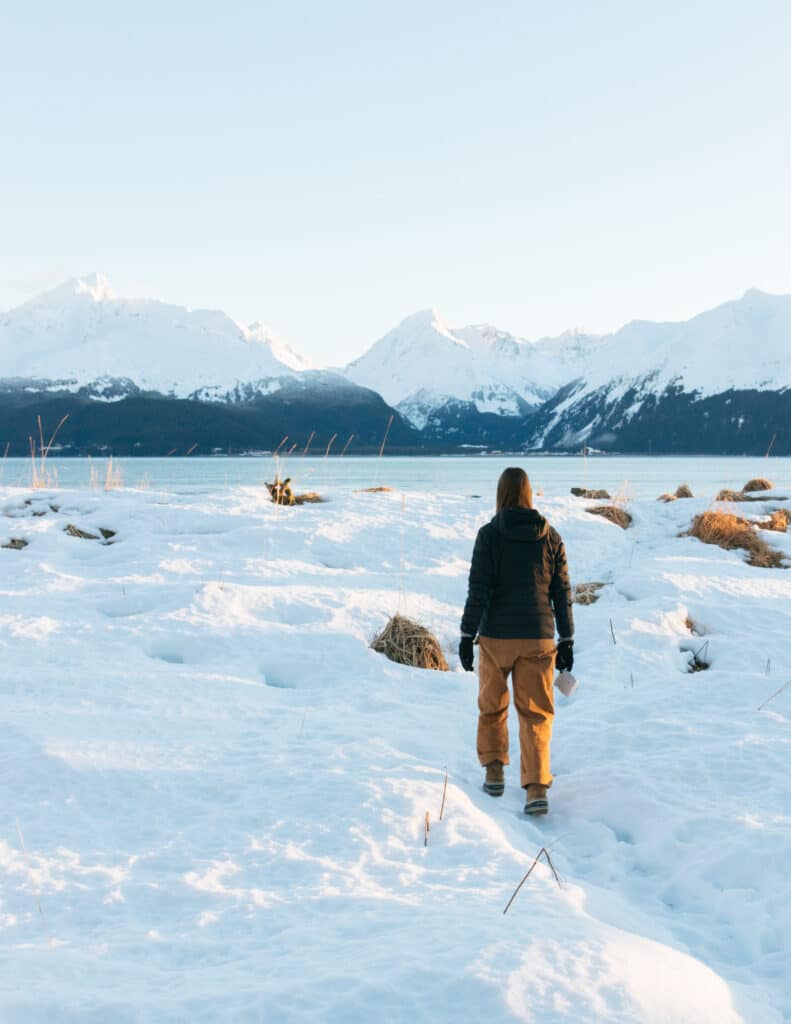
Once we have a healthy layer of snow on the ground, the fun can begin. Snowshoeing, dog mushing, cross-country skiing, and ice skating; all of these are popular weekend activities here in Seward.
If the ocean is calling your name, there are opportunities to book winter boat tours on small vessels. Taking a winter boat tour is something that I have yet to do, and I can only imagine the beautiful contrast between the activity of summer and the quiet of winter.
I Spy… Northern Lights!
Viewing the aurora borealis from Seward is possible, but it doesn’t come without its challenges.
When clear skies line up with a high likelihood for northern lights, driving north out of town to escape any light pollution might just allow you to witness a spectacular show.
It is true that your chances of seeing the aurora in action increase as you head north toward colder and darker parts of the state. If you can’t make it up there, staying up to date on the weather and aurora forecasts down here in Seward is your best bet.
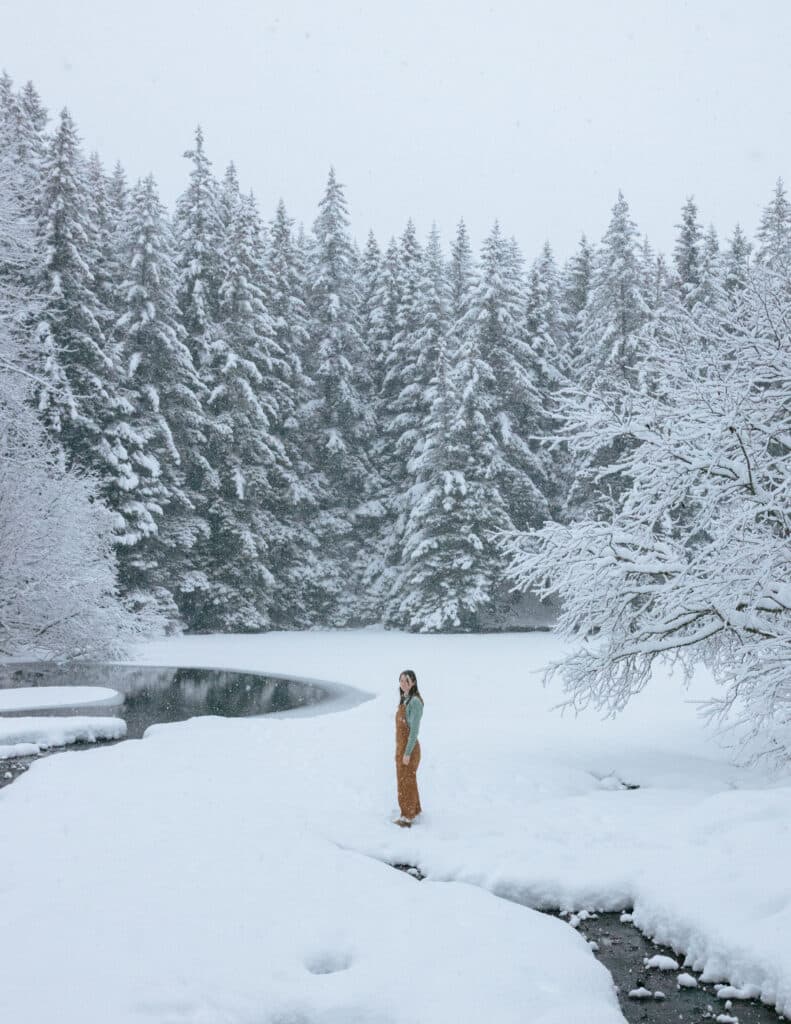
What are some downsides to visiting Seward in the winter?
Incredibly Short Days
The shortest day of the year is the 21st of December, The Winter Solstice.
On this day, Seward will only get around 6 hours of daylight. Since the city is entirely surrounded by mountains, however, the sun hides behind them for a good chunk of the morning and evening.
For a winter experience that has the sun shining a little bit longer, visiting in February or March is a good option.
Tough Road Conditions
When visiting Alaska in the winter, it is important to understand the hazards inherent in driving on the roads. For somebody without any experience driving in snowy conditions, the Seward Highway is the last road you want to be on.
Mix these icy, snowy conditions with decreased visibility due to longer nights and you have a situation that requires focus and a strong emphasis on safety.
When renting a vehicle for your Alaskan winter vacation, make sure to get something with a 4-wheel drive, and perhaps even studded tires if you plan to drive the highway.
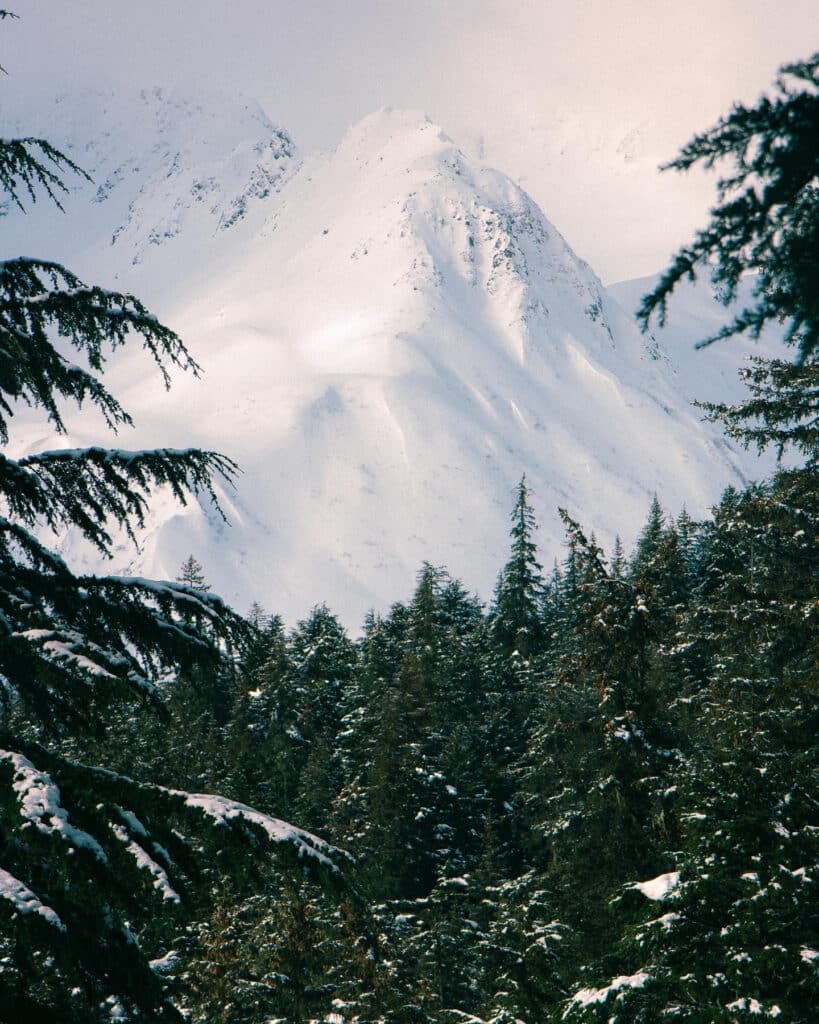
Businesses Are Closed
Given the nature of tourism in Seward, we don’t get too many visitors in the winter. A lot of businesses choose to shut down for the season, only opening up for the few months of summer.
We have a handful of restaurants and shops that will stay open year-round, but be aware that options are limited when visiting a tourist town in its off-season.
Visiting Seward in Spring
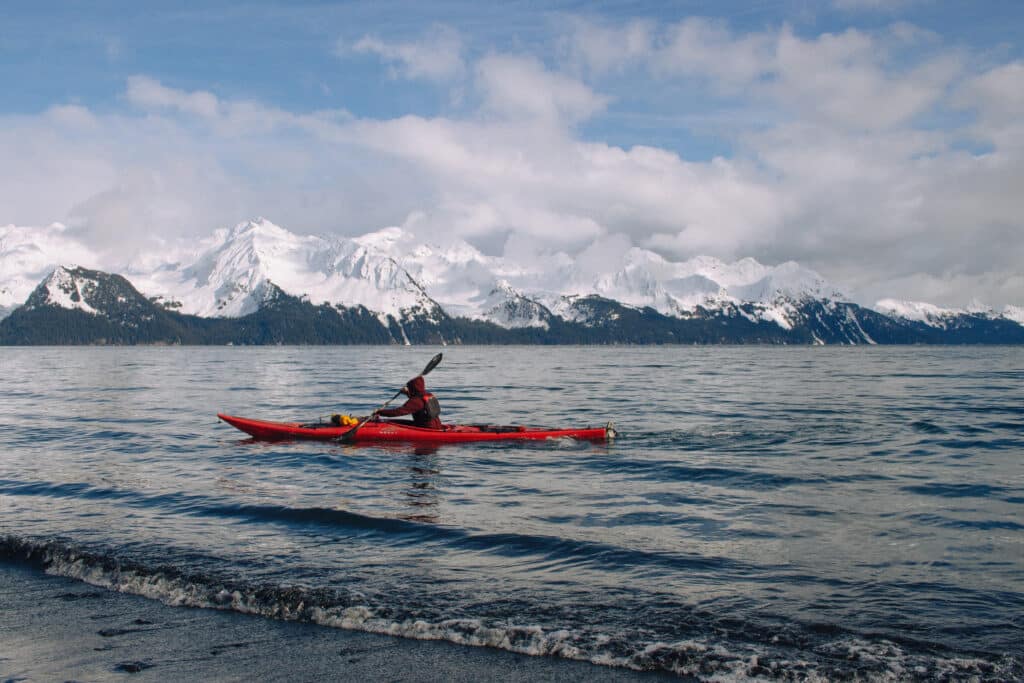
- Months: April, early-May
- Average Temperatures (F): high-20s to high-40s
- Highlights: Shoulder season discounts, emerging wildlife & plant life, good weather
Spring is a season of pent-up excitement. After making it through the dark and the cold, Sewardites are looking forward to longer days and roads free of ice.
The positive energy can be felt in the air. Throughout Alaska, springtime is also referred to as “breakup”. This is referring to the ice in rivers and lakes that breaks apart as temperatures finally begin to rise.
What makes spring in Seward amazing?
Emerging Life
The snows of winter subdue flora and fauna alike. As temps rise and the snow retreats up the mountains, wild Alaska wakes up.
In this limbo between winter and summer, it feels like everything, and everyone is getting situated again. Things won’t be in full swing until late May, but the sudden increase in wildlife activity after such a slow winter is definitely a noteworthy sight.
Clear Skies
April is typically the month when clear skies and sunshine happen more often than usual. The added hours of daylight and warming temperatures also contribute to making this time of year feel special.
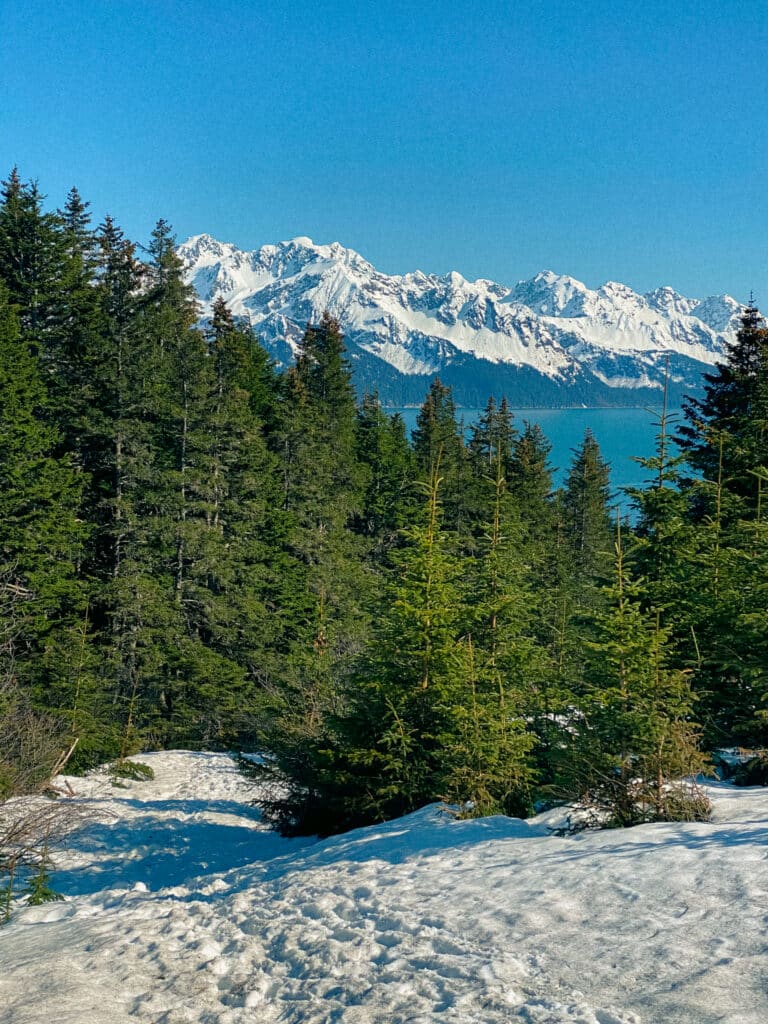
Hello, Waterfalls
When breakup is in full effect, previously stagnant waterfalls come alive. All of the snowmelt on the mountains meets with the melting rivers and creates a real force of nature. This is the time when waterfalls are at their most powerful.
What are some downsides to visiting Seward in the spring?
Bad Trail Conditions
All this snowmelt, while beautiful for the waterfalls, really does a number on the trails. They aren’t quite ready for a casual summer hike, and the window for hiking through a winter wonderland has already passed.
What you are left with are sloshy, slushy, muddy paths that won’t be fully dried out for a while.
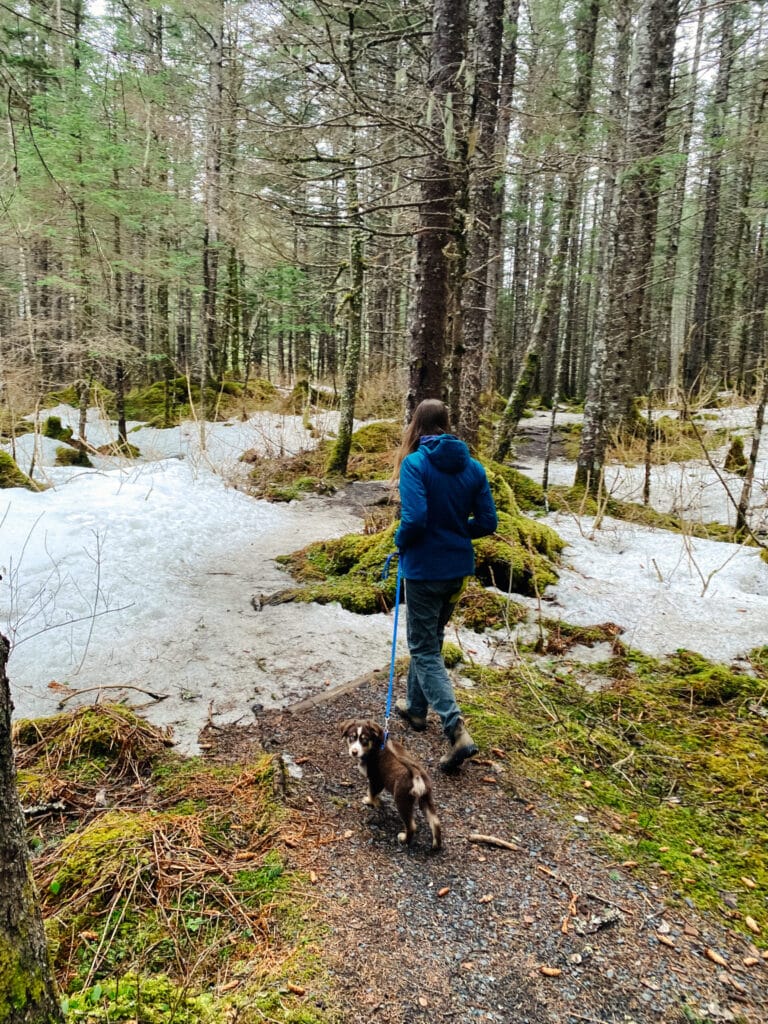
Town Isn’t Fully Awake Yet
The businesses that closed for the winter, as well as points of interest such as Exit Glacier, won’t be open until mid-May in a lot of cases. This can be frustrating for visitors who didn’t come to town expecting only two restaurants to be open on a Tuesday afternoon.
If you plan to visit outside of the summer season, be prepared for limited options. It is just the nature of small Alaskan towns like ours.
No matter when you choose to visit Seward, we welcome you with open arms.
We absolutely love sharing the beauty of Seward with both friends and strangers. This city is full of gems just waiting to be uncovered by you, so what are you waiting for?
Give us a visit and begin to understand the magic that is Seward, Alaska.

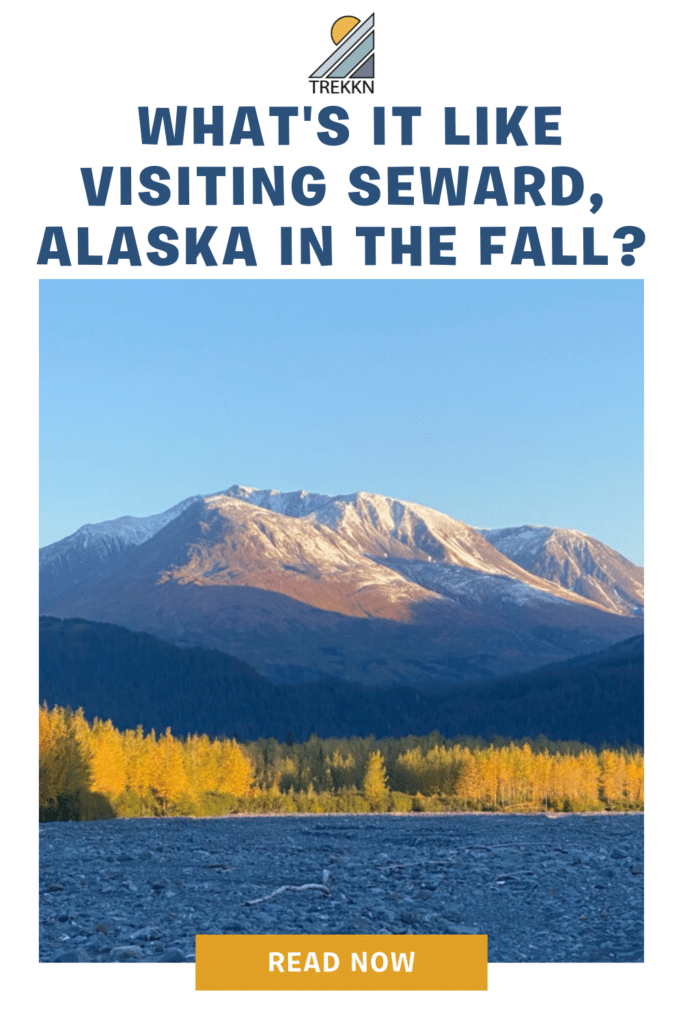
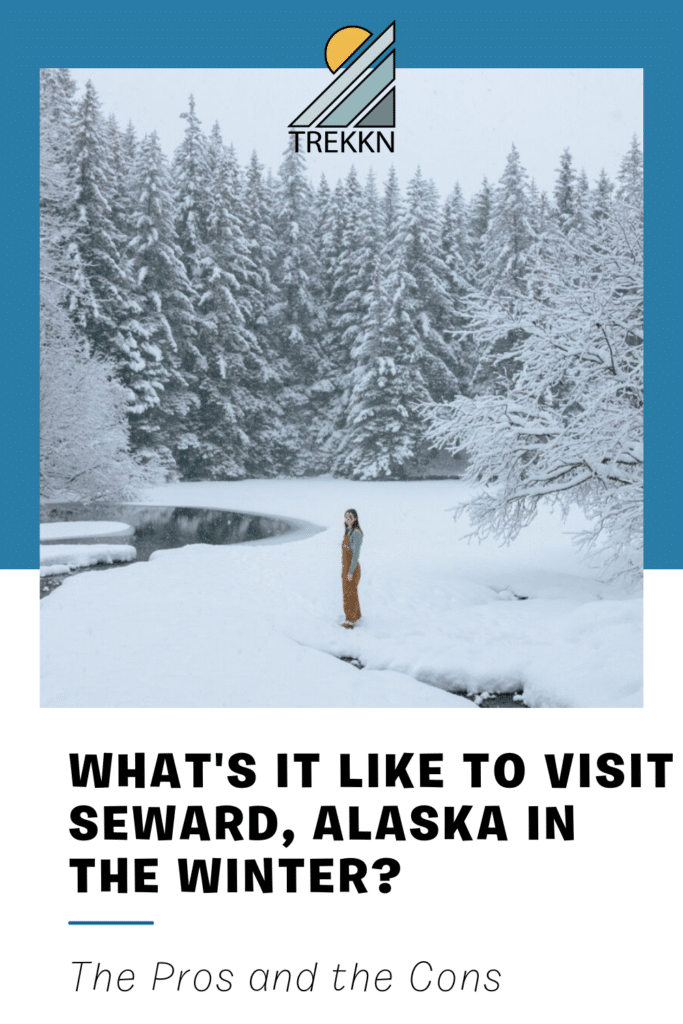
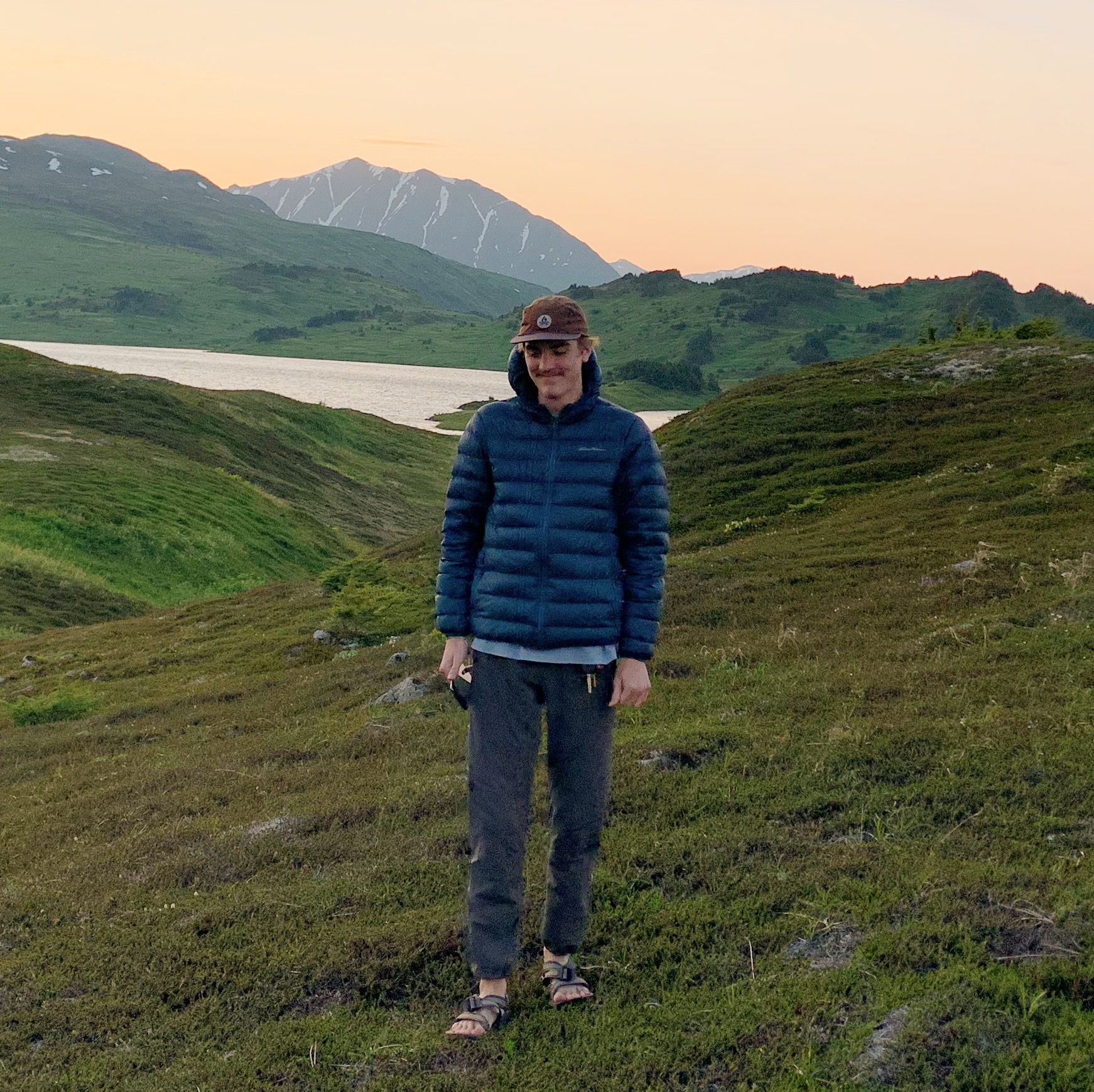
Josiah B gained invaluable experience while living on the road with his family, during which time he felt overcome with the desire to continue exploring. That search landed him in Seward, Alaska, where he currently resides. His love for the outdoors is welcome with open arms in the Last Frontier, and with an endless amount of hiking and backpacking to be done, he’s eager to share the best that Alaska has to offer.


